


Child of Eden is hard to explain.
OK, that's not entirely true. If you've ever played Rez (or been knocked flat by a tidal wave of gushing from one of its frothy-mouthed fans), you'll be right at home with Child of Eden. However, for everyone else, it's a very odd, abstract experience. Or, to sum it up in a single sentence: “I fought a boss that was a giant evil flower with a projection of a Japanese girl playing on it”. Or maybe in it. I don't even know. But I loved it.
See, on paper, Child of Eden's a pretty simple game. But, to fall back on an old cliché, it's also far greater than the sum of its parts. So here's how it works: the game scrolls through a number of incredibly psychedelic (but gorgeous) backgrounds, and you blast all manner of floating pointy objects until they burst into tiny specs of digital debris. For all intents and purposes, it's an on-rails shooter, but that's only a small part of what makes it tick.
First of all, Child of Eden is a Kinect title, born and bred. Don't let that scare you away though, John Q. Hardcore Gamer. Dancing, leaping, and fearing that Microsoft's insidious little device will upload it all to Facebook aren't part of the game's formula. Instead, you merely move both of your hands: left for a rapid-fire machine gun type of blast and right for a more powerful single shot. Also, raising both arms in the air – in a sort of victory pose, as if saying “hooray, this isn't yet another dancing/fitness/whatever-Fighters-Uncaged-was game” – begets a hyper flashy, screen-filling super attack. It's nothing revolutionary, mind you, but there's a powerful appeal in being able to raise a hand and watch enemies drop left and right.
That relative simplicity lends Child of Eden a strength that other Kinect games simply don't possess: it's actually relaxing. And that's where the game's other major component comes in. Child of Eden's music is all-over-the-place, but it never clashes with what you're doing. Quite the contrary, actually – the pulsating beats and gentle rhythms accentuate your activities by an enormous degree.
Child of Eden is very much a complete audio-visual experience. Only when all the pieces are in place does it finally click. But when it does, it's mind-blowing. For me, it was practically an epiphany. I was in the middle of convention floor surrounded by hundreds of people, and I just stopped noticing. All my senses zeroed in on the game, and it was almost indescribably natural. The sounds, the abstract mish-mash of colors and shapes, the movements I was making – everything synced up. Honestly, I've never been convinced by Kinect's whole “you are the controller and that's more immersive” philosophy, but Child of Eden certainly presents a strong argument in its favor.
Really, the only thing that could be perceived as a chink in Child of Eden's armor is that control method, as it feels a bit less precise and somewhat slower than a normal gamepad. But even then, Child of Eden's designed specifically for motion control, so it's not a problem per se. Rather, it's a matter of different strokes for different folks. Sure, you lose out on a bit of pixel-by-pixel accuracy, but Child of Eden's about the experience – not who can shoot the most dudes (or vaguely dude-like amorphous creatures) in the head (or vaguely head-like amorphous structure).
And that brings me back to my original point. Child of Eden is hard to explain. It follows the Cinnamon Toast Crunch principle; it's the game you can feel. As a result, the thing that makes Child of Eden so difficult to explain is the very thing that makes it worth explaining in the first place. Based on what I played, though, I don't care if it's ultimately a futile effort. I'll keep trying until I'm blue in the face.
Child of Eden E3 Trailer
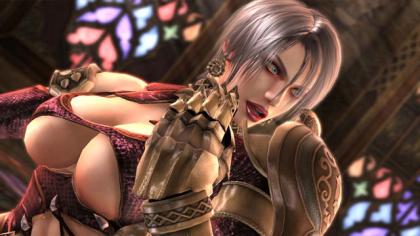
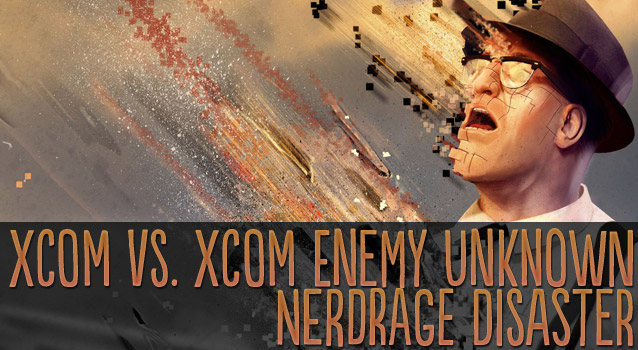
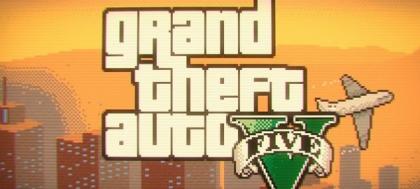
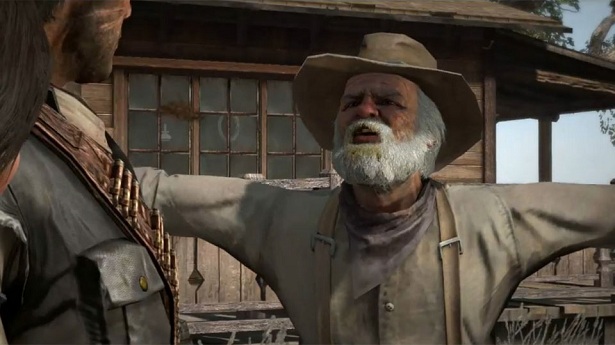
 Pokemon X and Y: Mega Stones Location Guide
Pokemon X and Y: Mega Stones Location Guide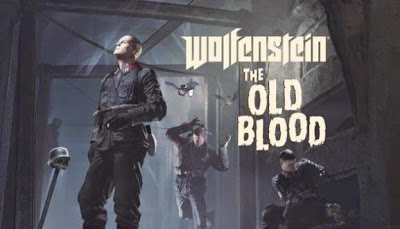 Wolfenstein: The Old Blood - prologue: In the mountains
Wolfenstein: The Old Blood - prologue: In the mountains Get A Log-Free, Lifetime VPN Subscription For Around $15
Get A Log-Free, Lifetime VPN Subscription For Around $15 Total War Attila (PC) tactics guide
Total War Attila (PC) tactics guide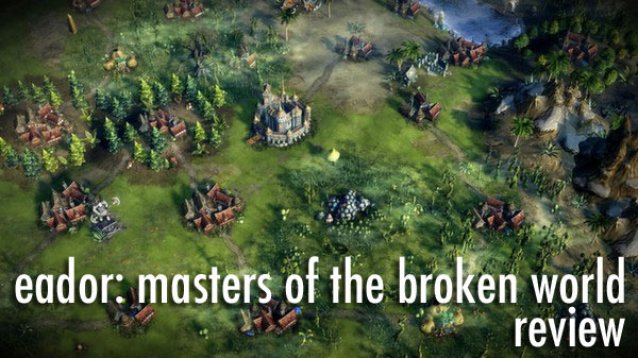 Eador: Masters of the Broken World Review
Eador: Masters of the Broken World Review